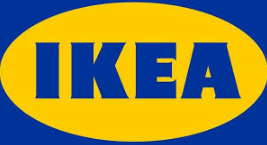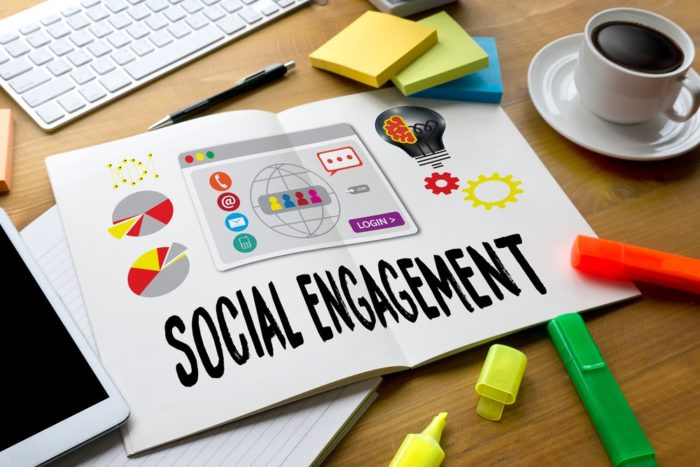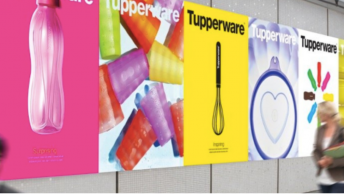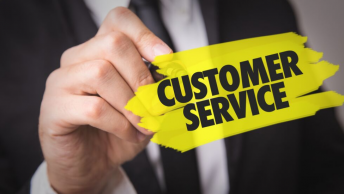Building your identity isn’t as easy as some may believe. It takes a lot of time, money and hard work to establish yourself in your industry. Here’s how to build a killer brand identity to make a memorable impression.
How to Build a Killer Brand Identity
1. Define Who You Are
Before you can market yourself appropriately, you need to first define who you are and where you stand as a brand. This is important to know when building your identity. If you’re unsure of what you do or who you are, you’ll find that your customers will also be confused as well.
In order to define who you are, there are a few things to consider. These include:
- What is the purpose of setting up your business?
- What are you selling your customers? Downloads, subscriptions, products, services?
- Who is your target audience?
- Which industry best characterizes your company?
- Who are your major competitors?
By defining who you are as a brand, you can then work on taking actionable steps in building your brand’s identity with a clear course of action.
SEE ALSO: 3 Keys to Digital Branding Implementation
2. Build and Improve Your Visual Identity
Your visual identity is what people see before they actually get to know you. Your logo and website are key visuals of your brand that help to build a trustworthy, reliable and popular brand identity.
Coca-Cola, as an example, has done a great job on their brand identity. As soon as you see or hear the name, you’re likely to instantly think of the drink and the red labeling. This is what you want to achieve when creating your visual identity.

To build your visual identity more successfully and improve your reputation, here are a few tips to consider when marketing your website, content, or products.
Use A Simple Color Palette
When selecting your brand colors, it’s a good idea to only use up to three primary colors for your color scheme. Using more than this number can be overbearing on the eyes, and may distract from your brand, the information that you’re looking to convey, or the product you are trying to sell.
The colors you choose are also important. Here are some common color associations:
- Red: Creates urgency and increases the need to want the product. Ideal for high paced stores
- Yellow: Often used to gain attention. Youthful and optimistic
- Blue: Creates a feeling of calm and trust
- Green: Means financial security, wealth and money
- Pink: Romantic and feminine
- Black: Power and luxury. Often used for luxury product selling
Choose A Recognizable Font
When writing any form of content, whether it’s for your website or your advertising material, it’s important to choose a font that is not only easy to read but is professional and consistent with the voice of your brand. Your font plays an important role in you building a clear identity.
Here are a few font types and what they can communicate about your brand.
Serif fonts
- Association: tradition, authority, reliability
- Examples: Times New Roman, Cambria, Garamond
Sans Serif fonts
- Association: modern, clean
- Examples: Copper Hewitt, Arial, Helvetica
Script fonts
- Association: elegant, creative, friendly
- Examples: Lucida, Brush Script, Pacifico
Create A Memorable Logo
Your logo is a key element of your brand identity so it is very important you get it right. Your logo is what people remember first when they think about your business. Here are tips to design a winning logo.
Use color to your advantage. Logos that don’t have a strong color are often overlooked and aren’t remembered as well as others. Hence why brand such as IKEA, Coca-Cola, McDonald’s, KFC, or Toyota are all memorable. If you notice their coloring, they use bold, bright colors.

Keep it simple. Brand logos work best when they aren’t too complicated. Heavy drawings and designs with lots of intricate lines can be overwhelming for your audience and are harder to remember. Instead try to keep your logo as simple as possible. Fedex and Amazon are major household brand names and you’ll find that their logos are quite simple in design.
Be as inventive as you can and make it yours. While keeping it simple, you can be inventive. Look at Evernote for example, they feature their name against an elephant. They could have created a notepad with their name but chose an elephant instead. This inventiveness makes the brand come alive and is interesting to look at. Mix and match different ideas to see whether you can create a brand identity that’s inventive.
Creating a powerful logo is all about the design and the colors you use. Before designing your logo, it’s a good idea to define who you are as a brand first so you start with a clear direction for your logo.
3. Interact With Your Audience
Last, but not least, in order to fully increase your business identity, you need to interact with your audience and potential customers.

Social Media
Social media is a powerful business marketing tool that can dramatically improve your business identity. Set up your brand profiles on social media networks and interact with your audience by:
- Asking them questions
- Sharing valuable information and posts
- Sharing thought-provoking or inspirational quotes
- Replying to comments/questions that your followers ask you
- Responding to negative feedback politely
Build A Blog
Building a blog on your website and allowing people to guest post and comment will also help you interact with your audience more. To build a great blog there are a few things you need to consider:
- Write content that’s informative, interesting and relevant to your audience.
- Make sure it’s of high quality without any grammar or spelling mistakes.
- Use high-quality images that mimic your brand’s industry.
- Avoid duplication of content. People don’t want to read the same thing over and over and it doesn’t help with your website ranking.
- Use paragraphs, subheadings, and bullet points to break up the text.
The more valuable your content, the more your audience will continue to see your business as a go-to source for information. This will help to build your business identity through credibility.
Conclusion
Building your brand identity is about defining who you are, how you present yourself, and how you interact with your audience to build trust and your reputation. By incorporating and building upon these key areas, you can build a powerful brand identity.
What actionable steps have you taken to build a killer brand identity?











